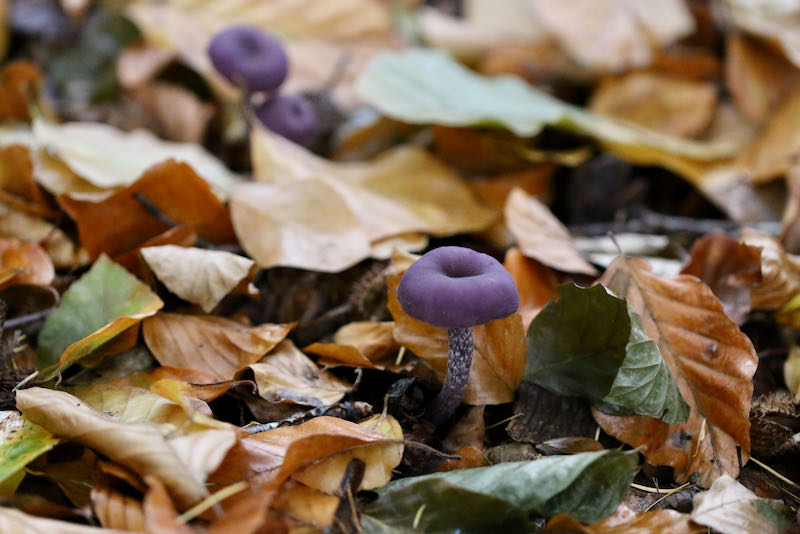Mad about mushrooms? Then this is your place to go and marvel at an armada of varieties in all shapes and colours. And if you are like us and love taking snaps of them then even better!
The Kaapse Bossen are just off Doorn between the N225 and N227. They consist of a wonderful and thick forest, home to many species of birds, small rodents and ~ did we mention it already? ~ a myriad of mushrooms. They are in the middle of the National Park Utrechtse Heuvelrug. Should you feel adventurous you can climb the watchtower (De Kaap) and take a look at the beautiful scenery from up above.
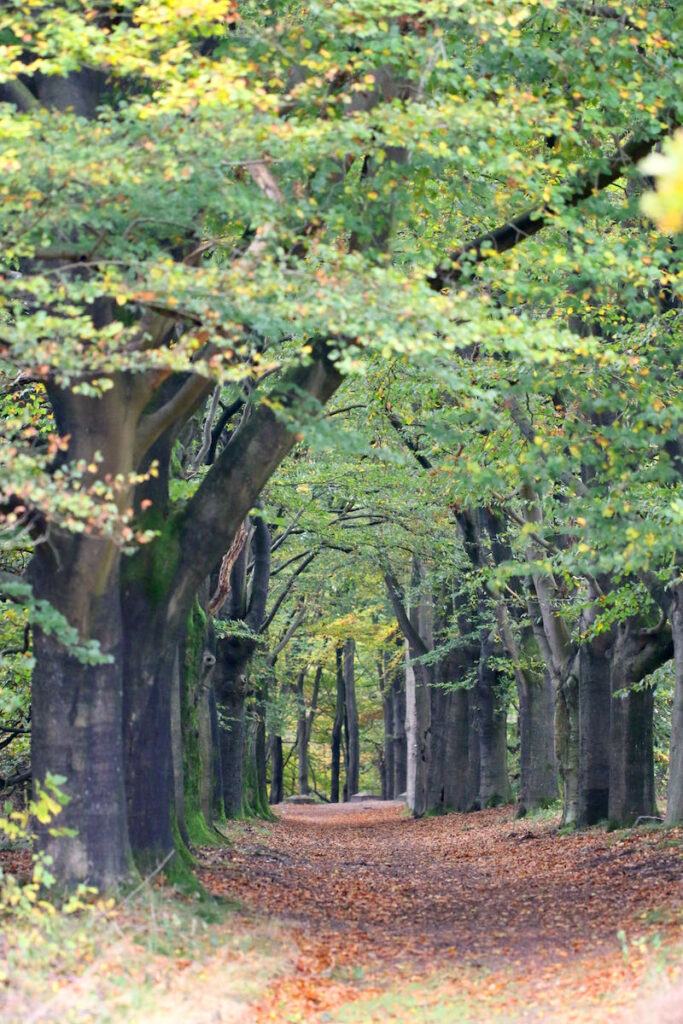
The scenery is magnificent, especially in early autumn when green leaves give way to saffron and amber hues.

In fact the colours of the leaves disguise many of the spore-bearers perfectly well, so that you will need to train your eyes to spot them.
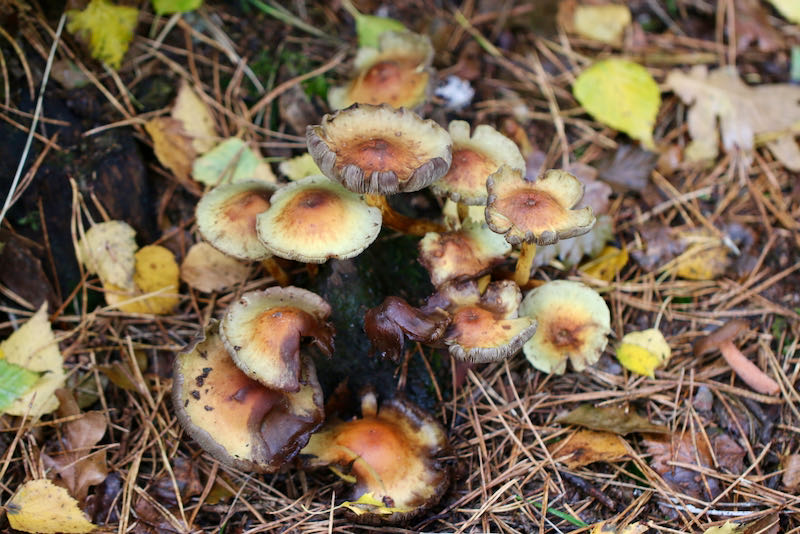
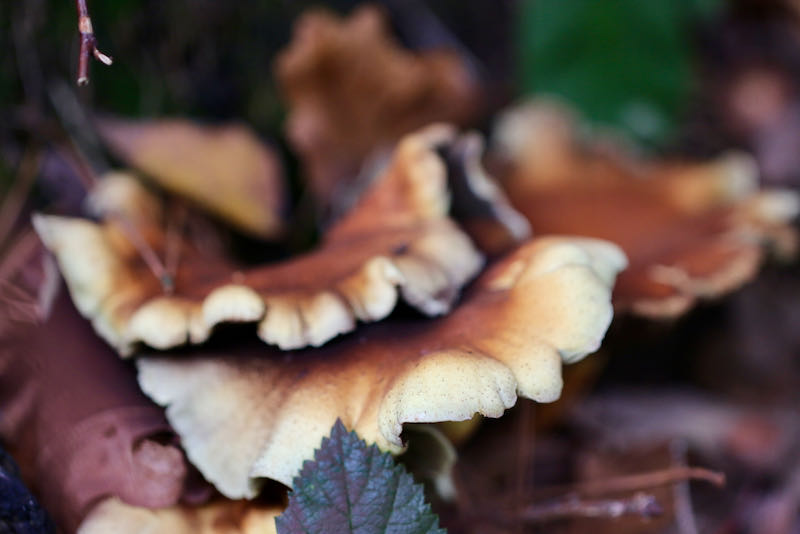

One of the most common types of fungi you will definitely spot in autumn are bracket fungi. Not really surprising as this is quite a wet season in The Netherlands with high amounts of precipitation.
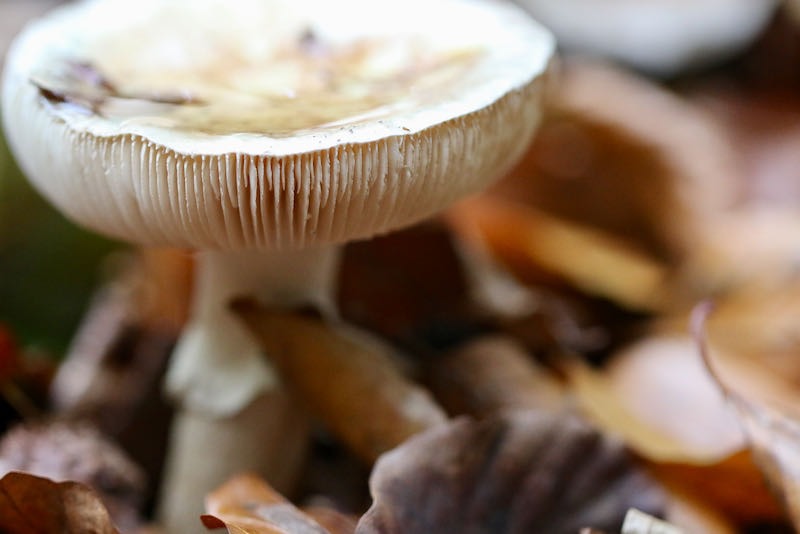
What do a mushroom and a fish have in common? A funny smell. Yes, that, too.
And gills. Or lamellae. In front of our windows we call them blinds but in an engineering sort of way they look similar ~ in a crystal they enable colour iridescence. In fish they are quasi lungs.

So why do our friends, the mushrooms, have them? For reproduction. Mushroom spores are released via the mushroom’s gills; quite successfully so. They have survived over millions of years and their shape has fascinated and inspired Homo sapiens in many ways.

Thus, should we have inspired you to venture out and seek some sporophores out for yourself, then we shall rest in peace.
The Kaapse Bossen are a great place to start your search. You can find the route we took on route.nl.
Would you like to learn more about fungi? How it all started millions of years ago, how they teamed up with liverworts and why bracket fungi could be the great-great-great… grand children of prototaxites? The documentary The Wonderful World of Fungi is quite illuminating for that purpose.
Kind mycological greetings your way:
Yours sincerely, Magnus Fungus


